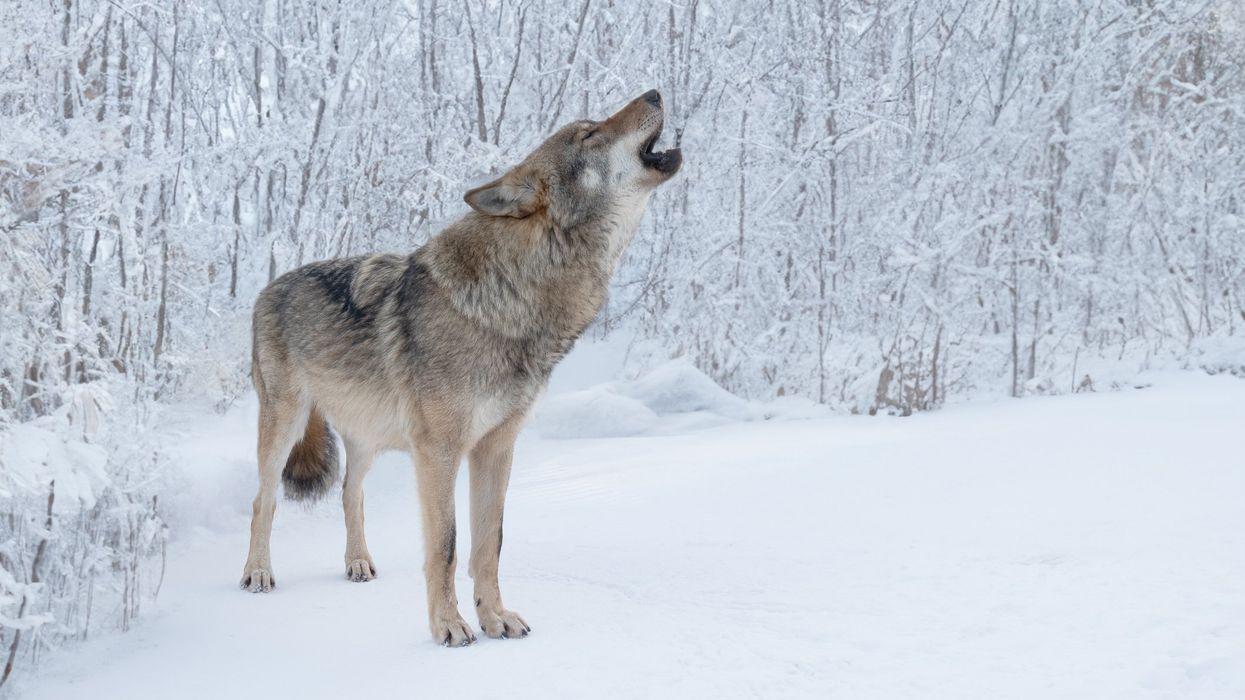
Vasyl Helevachuk iStock / Getty Images Plus

Mutant wolves roaming the Chernobyl Exclusion Zone have developed cancer-resilient genomes that could hold the key to developing a cure for cancer in humans.
High radiation levels have plagued the Chernobyl Exclusion Zone since the nuclear reactor exploded in 1986. Humans have abandoned the 1,000-square-mile Chernobyl Exclusion Zone, allowing wildlife to reclaim the area in the 38 years since the worst nuclear disaster in history.
Despite exposure to the cancer-causing radiation, the irradiated wolves appear to have developed protective mutations that make them resilient to cancer.
Cara Love, an evolutionary biologist and ecotoxicologist with Shane Campbell-Staton’s lab at Princeton University, has been studying the mutant wolves of the CEZ for a decade.
In 2014, Love and her colleagues took blood samples of the wolves in the Chernobyl Exclusion Zone to understand how the animals reacted to the cancer-causing radiation. The scientists also fitted the wolves with radio collars to track their locations and their radiation exposure.
"We get real-time measurements of where they are and how much [radiation] they are exposed to,” Love said in a press release.
The research showed that wolves in the CEZ are exposed to upward of 11.28 millirem of radiation every single day for their entire lives — over six times the legal limit for human workers.
The researchers discovered that the mutant wolves have altered immune systems — similar to cancer patients undergoing radiation treatment.
Genetic analysis suggests that parts of the wolves’ genome have developed some resilience to cancer. Furthermore, there was a "promising" discovery that specific regions of the wolf genome appear to be resilient to increased cancer risk.
"Most human research has found mutations increasing cancer risk (like BRCA does with breast cancer), but Love's work hopes to identify protective mutations that increase the odds of surviving cancer," the news release said.
The New York Post reported, "The findings are especially valuable as scientists have learned that canines fight off cancer more similarly to the way humans do than lab rats."
Love's research has been severely hampered, and her team hasn't returned to the CEZ because of the COVID-19 pandemic and the war between Russia and Ukraine.
Love's research was presented last month at the Annual Meeting of the Society of Integrative and Comparative Biology’s Annual Meeting in Seattle, Washington.
The radiation from the nuclear blast may have also altered the DNA of dogs in the CEZ.
Last year, scientists from the University of South Carolina and the National Human Genome Research Institute examined the DNA of 302 feral dogs. The study said the feral dogs living near the Chernobyl power plant showed distinct genetic differences from dogs living 10 miles away from the disaster site.
A 2011 study found that birds in the CEZ had smaller brains.
Like Blaze News? Circumvent the censors, sign up for our newsletters, and get stories like this direct to your inbox. Sign up here!